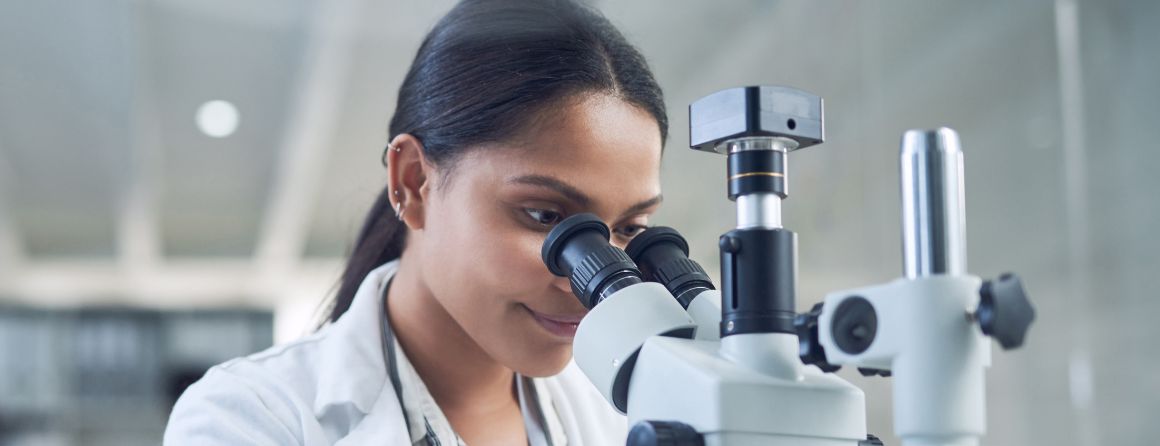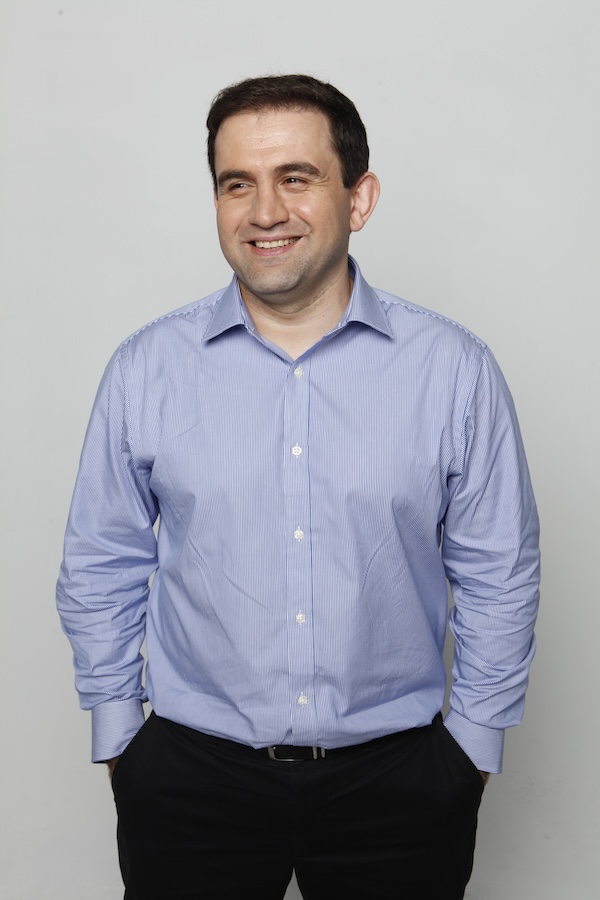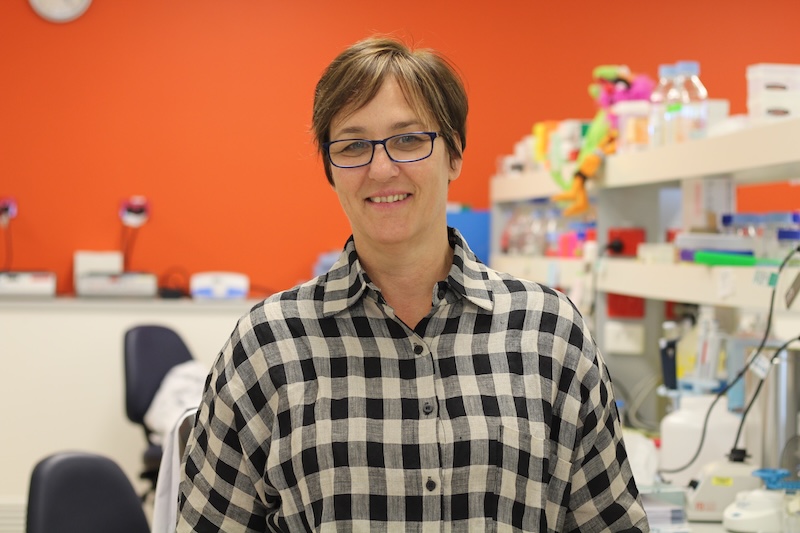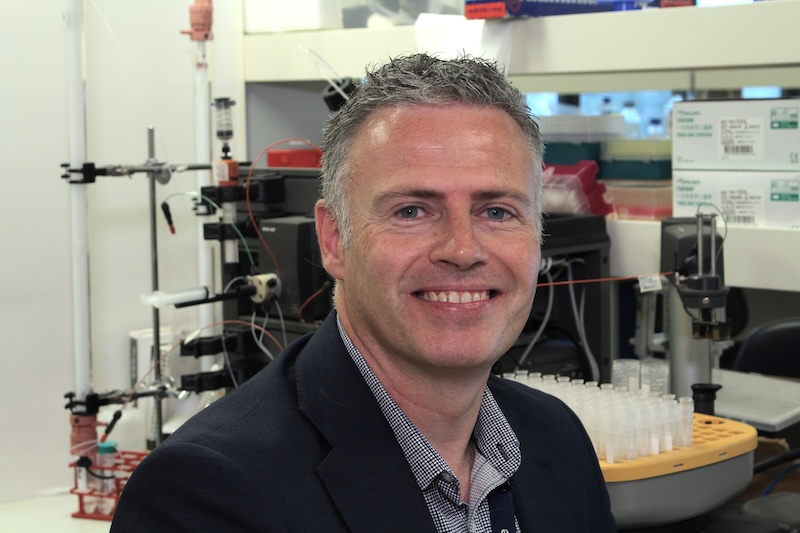Ideas grants support research into childhood diseases

Four Murdoch Children’s Research Institute (MCRI)-led projects that aim to provide answers and find new treatments for childhood diseases spanning skeletal disorders to those affecting the nervous system have received federal funding.
The National Health and Medical Research Council (NHMRC) has awarded $5.1 million worth of Ideas Grant funding to support studies led by Associate Professor David Godler, Associate Professor Shireen Lamande, Professor Paul Lockhart and Associate Professor Dan Pellicci.
The projects will explore why some children with Prader Willi Syndrome have more severe symptoms than others, which drugs can improve brittle bones and cartilage, whether cutting edge genomic technologies can better help patients with ataxia and unlock the potential of specialised white blood cells.
Associate Professor David Godler received $1.26 million for his research that will look to improve outcomes for patients with Prader Willi Syndrome (PWS), a genetic disorder that causes life-threatening obesity, constant insatiable hunger, intellectual disability, hormonal deficits and mental illness.

Image: Associate Professor David Godler
“My team will use MCRI’s cutting-edge genomic technologies to examine the brain and blood of patients with PWS and see what unique genetic changes are occurring,” he said.
“This research will delve into what factors determine the severity of PWS and identify medications that may be used to treat these children more effectively.”
Findings from this project may also shed light on other conditions that are associated with mental illness, autism, appetite control issues and obesity.
Associate Professor Shireen Lamande will explore which drugs may help improve symptoms for those with genetic skeletal conditions, covering a spectrum from arthritis to bone growth disorders.
Image: Associate Professor Shireen Lamande
Associate Professor Lamande’s $1.19m project will study cartilage and bone, grown in the lab using stem cells, to determine the ideal dosage of each proposed drug treatment.
“There are limited treatment options for children with genetic skeletal disorders but under this project we need to determine the usefulness of new drug therapies,” she said.
“Once we establish which therapy works best on cartilage and bone cells, we can move to the next stage of pre-clinical testing and be one step closer to offering new drug treatments.”
Professor Paul Lockhart will work to improve both genetic testing and stem cell models to help patients with ataxia and related neurogenetic conditions, which significantly affect balance and movement.

Image: Professor Paul Lockhart
“On top of poor muscle control, impaired walking and balance, children with ataxia often struggle to get a specific genetic diagnosis, even with current genetic testing methods,” he said. A genetic diagnosis is key to improved management and development of therapies.”
Under the $1.67m grant his team will search for new genes that cause these conditions and develop more precise stem cell models in the lab using specific brain cells that are impacted by ataxia.
“These patients are being left behind and we hope through this research we can offer them better answers and help them improve their independence and quality of life,” Professor Lockhart said.
Associate Professor Dan Pellicci will continue his team’s work in unconventional T cells, a specialised type of immune cell in the body that protects against infection and disease.
Image: Associate Professor Dan Pellicci
Associate Professor Pellicci’s $984,055 study will investigate the development and clinical potential of gamma delta T cells, after earlier confirming that they develop in the thymus gland, an organ located close to the heart.
“We hope that by further delving into the development of these unconventional T cells, we can help to better inform personalised cancer and infectious disease treatment,” he said.
*The content of this communication is the sole responsibility of the Murdoch Children’s Research Institute and does not reflect the views of the NHMRC.


